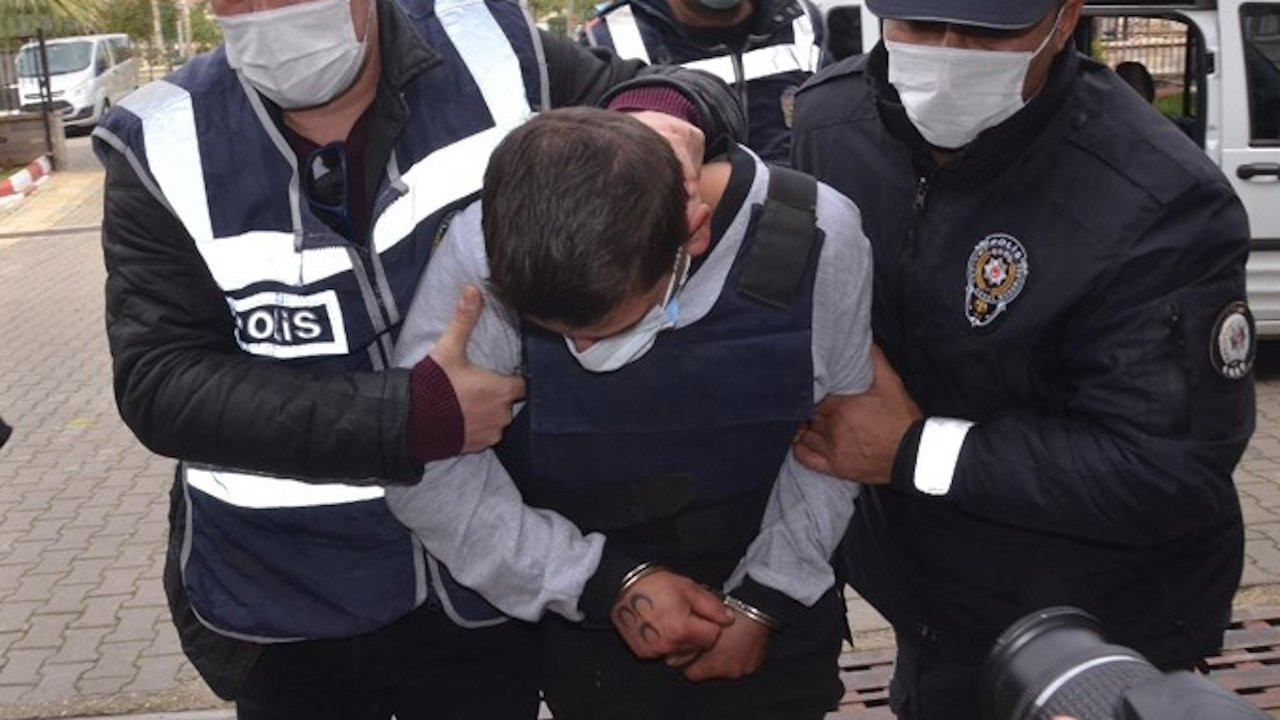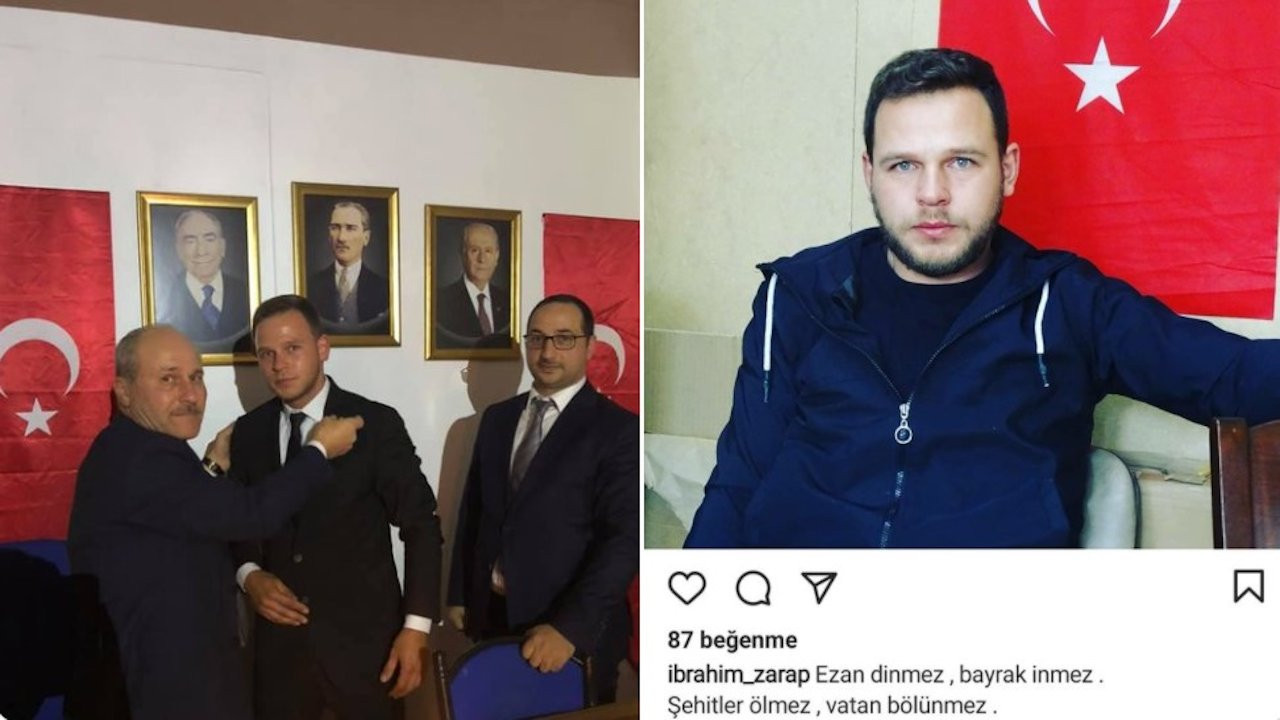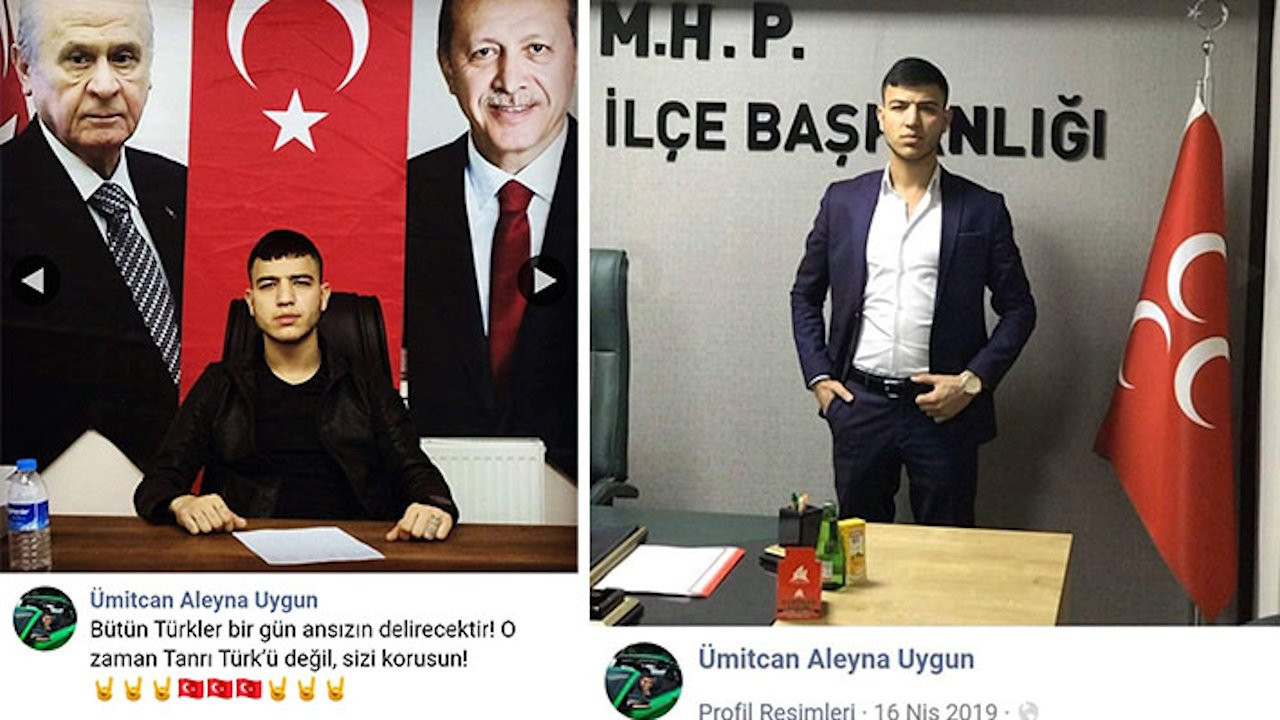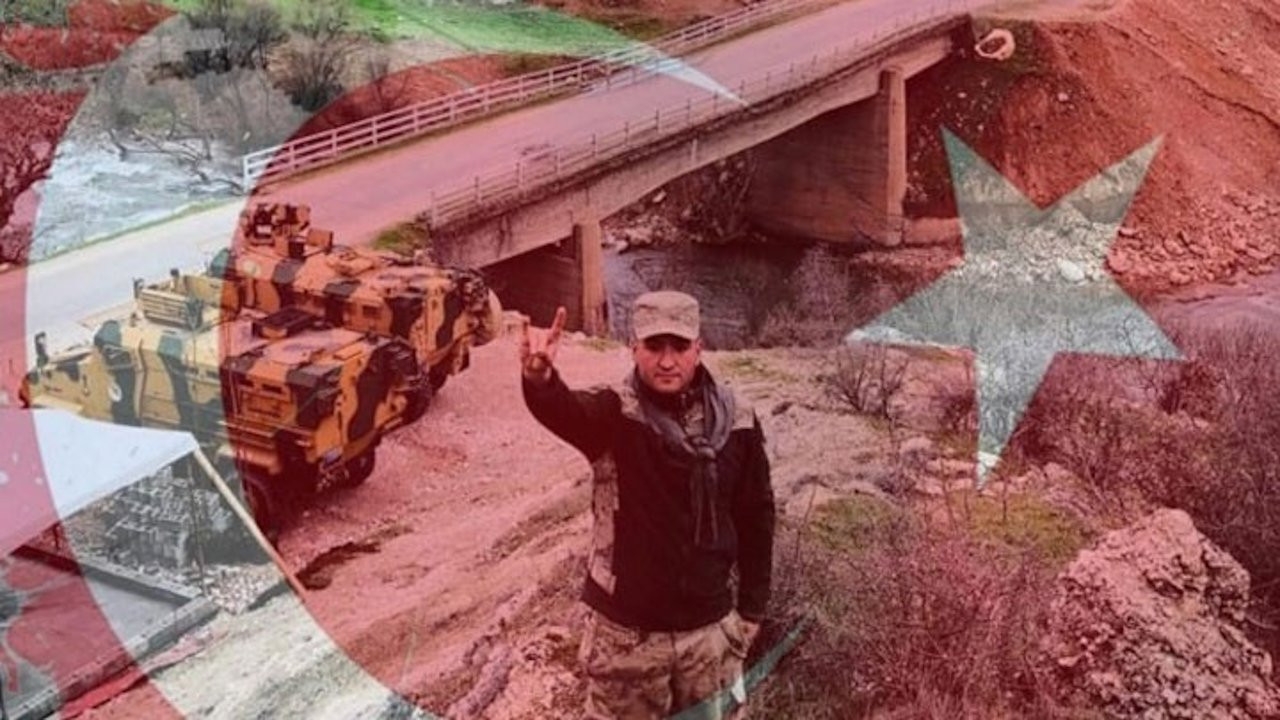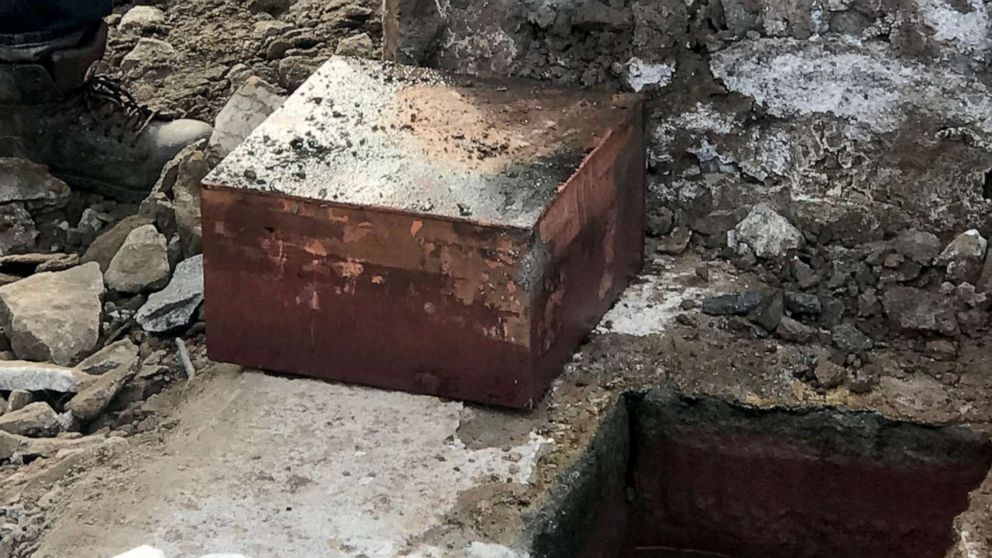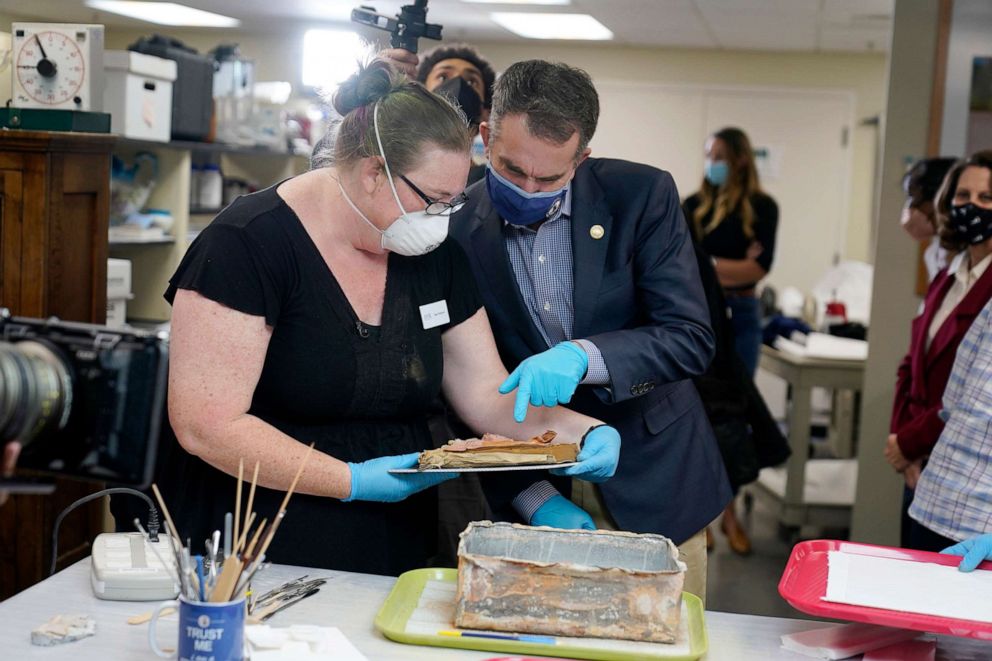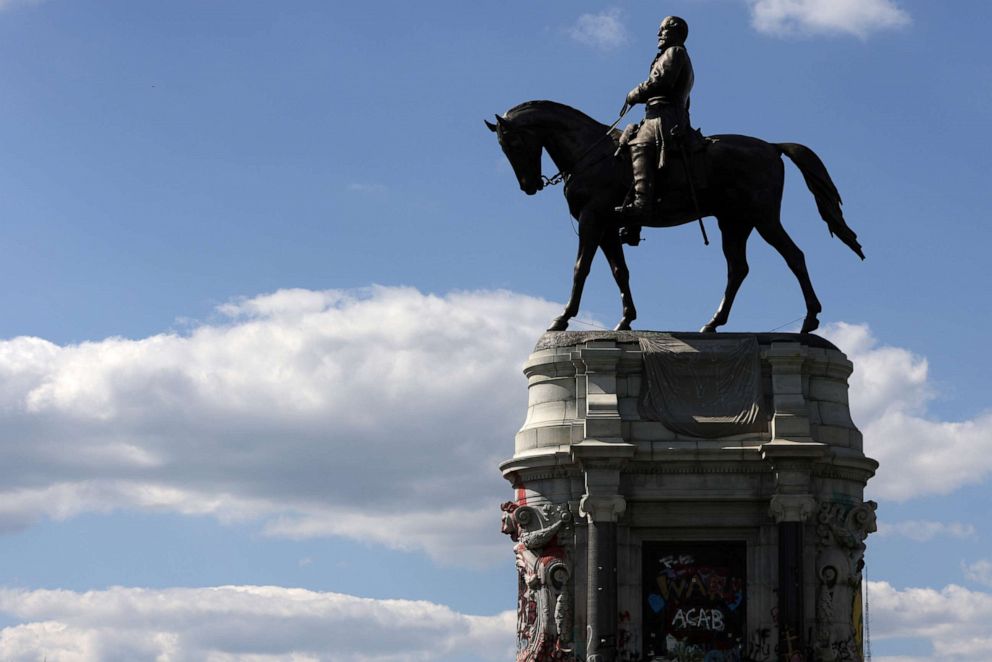I woke up one morning to find my parents whispering and nothing on TV but Swan Lake. Then I heard someone say the words “the Soviet Union fell apart,” and suddenly my whole world changed.

Toktogul Reservoir in Kyrgyzstan (Ninara/Flickr)
BYALINA YAKUBOVA
In the last years of Soviet Communism, Anglophone media focused heavily on political developments in the USSR’s western regions, with an occasional glance at the Caucasus. It was events in Moscow that precipitated the final breakup over the course of 1991. But the Soviet Union was a vast, multinational territory, reaching from the Atlantic to the Pacific, and the consequences of its disintegration were felt by countless Soviet citizens living thousands of miles from Moscow.
Kyrgyzstan in Central Asia was one of the smaller Soviet republics, with a population of about 3.5 million in 1991 (out of nearly 290 million across the whole federation). Its capital, Bishkek, much closer to Beijing than Moscow, contained a little over six hundred thousand people. Approximately one-fifth of those living in Kyrgyzstan were ethnic Russians.
In March 1991, the vast majority of Kyrgyzstan’s citizens voted in favor of preserving the USSR, with most also agreeing that the country should have equal status as a sovereign republic. By the end of the year, however, it was an independent state, like fourteen other Soviet republics, large and small, with borders reaching from Norway and Poland to Mongolia and Afghanistan.
Alina Yakubova was fifteen in 1991 and living in Kara-Balta. She moved to the United States in 1996 and now lives in Philadelphia, where she works at an academic institution and maintains her art practice as a photographer and digital artist. In this article, she remembers what it was like to discover that the continent-spanning country into which she was born no longer existed.
On the day my country died, Pyotr Tchaikovsky’s famous ballet Swan Lake was front and center on TV. I was fifteen, and like all other students, I was off on a summer break from school, so I was free to do just about anything that day.
I woke up after 9 AM, and my parents were speaking in hushed tones about something I could not quite grasp. Of course, they always whispered if there was a sleeping family member in the apartment. Since my younger brother was still asleep when I got up, the quiet voices of my parents did not alarm me at first.
But when my brother got up and we tried to turn on the TV, our parents told us not to bother. Our Rassvet television received exactly two channels, and both showed the ballet Swan Lake.
Now, there is nothing inherently wrong with Swan Lake, but something felt wrong about how the regularly scheduled programming on both channels had been replaced with a ballet for no apparent reason. And my parents kept whispering — even after my brother woke up.
Scratching the Surface
At breakfast, we finished the last bread with tea. Mother sent me to the bakery works to buy some fresh bread. I put on a light salmon-colored tank top with a picture of three pencils on the front (the top was purchased at the recently opened used clothing store that sold goods from the West) and a red-and-white two-tier skirt my mother made for me that summer.
The style of my new skirt was very fashionable, and I felt special for having a red skirt in my wardrobe. I also felt proud of the tank top because it looked Western and very artsy, and I was dabbling in drawing at the time.
I was only beginning to scratch the surface of what it felt like to dress in clothes that made you feel happy. My childhood pals never paid attention to clothes because our parents usually chose our clothes from what was available in stores, and most kids had similar, if not the same, garments.
We differentiated each other by the way we behaved toward others, not by the clothes we wore. If everyone wears boring clothes, you start paying attention to personality. But my outfit that day made me feel happy — for no reason other than the clothes themselves.
Before I left the apartment, my parents told me not to speak with anyone about what was happening on TV. I felt confused. How could I talk to anyone about what was happening on TV? Why couldn’t I speak about the problem with the TV stations? And what could I possibly have said, even if I wanted to talk to anyone about this?
It would be mundane to complain about a technical glitch. And why would I want to talk to anyone anyway? Even in our small town, people didn’t chat up strangers in the line for bread. I supposed I might run into someone I knew and talk to them about today’s programming. But what bad could come of that? My parents’ admonition confused me, yet I asked no questions.
“USSR Fell Apart”
I stepped outside; it was very warm and gray. Our town had only a handful of car owners, and most people walked or took the bus to get around. But on that day in August, there were so few people outside that I was unnerved. The five-minute walk to the bread counter was short and uneventful, yet filled with a gnawing sense of wrong, as if something awful was happening, but I had no way of knowing what it was.
I did not know what to think as I walked to my destination. So instead, I thought of the wonderful taste of the freshly made short baguettes with the sweet and buttery crumble on top. My mother gave me money to buy both the sweet baguettes and the regular bread. I loved the sweet baguettes because they unrolled into sheets of fragrant, fresh, and airy bread flesh with a spectacularly crunchy crust on the edges.My sense of stability, my place in the world, everything I’d ever known was suddenly shattered.
The bakery works had introduced this new bread only recently, and it was a success with the customers. Everyone loved having the sweet baguettes with sweetened black tea and a slice of lemon added for that little kick of tartness. Those who could afford real butter loved these baguettes even more. Our family would buy butter twice a month at a local bazaar, and we would slice it very thinly when we ate it.
We had four people who loved butter and only one small oval of handmade buttery treasure to go around. Butter, eggs, and meat were very expensive, so we ate a lot of eggless noodles and made lots of vegetable-dominated soups. And we ate lots of bread, of course. Tea, bread, and jam was our breakfast of champions. Adding butter to the mix made it the breakfast of gods.
The line for bread was short with only three people in front of me. Two of them were talking in a grim tone. I caught just the edge of a phrase, spoken in a hiss-like tone: “USSR fell apart.” The sound of these words enveloped me like a million gallons of aerosolized soot. I felt completely disoriented, like someone removed my brain, but the signals from the outside world continued to come in, only to discover that the command center was empty.
My eyes did not know what to focus on. My heart plunged through my feet somewhere toward the Earth’s core. I was trying to imagine what life without the USSR could be like, but no imagery came to mind. I had no idea what would follow if the USSR really fell apart.
After the Fall
Now Swan Lake on both TV channels suddenly made sense. I did not know if the USSR had indeed fallen apart, but pieces of the puzzle suddenly snapped together. My parents’ whispering. The empty streets. The palpable uneasiness in the air.
I felt as if I’d been running through a beautiful landscape only to stop to catch my breath and discover that I’d been unknowingly balancing along the edge of a high cliff which dropped off into oblivion, a bottomless pit. The world turned terrifying. My sense of stability, my place in the world, everything I’d ever known was suddenly shattered.
Only later did I understand what the bottomless pit of a future without the USSR looked like in real-life terms. Local industry came to a screeching halt. Job losses. Surging nationalism that made a walk outside after dark a life-or-death proposition. The mass exodus of Soviet Germans. The change of the state language and the resulting loss of a huge number of Russian-speaking families.
Half of my classmates moved to Russia in the next few years. Others went to Germany. A lot of people I used to know had moved to another country when I came back to visit in 1997. I could not visit any of my friends as they were dispersed all over Russia and Germany. The same loss of friends occurred to my parents. Most of our family members also went north.
Now if we wanted to see all our relatives, we would have to make a stop in four countries. No more summer family get-togethers under the grapevine canopy in the yard at the grandparents’ house. No more visits to friends. No more tea in kitchens with classmates. No more daily phone calls with pals. No more community of people united by the common experiences and inside jokes.
So many years later, writing down my memories of that day unexpectedly brought me to tears. I forgot the disorientation, the loss of hope, the fear, and the despair my family experienced when our country died.
The USSR was a lot of things; most were terrible and authoritarian, yes, I am not disputing that. But that was never my family’s experience, and the loss of the USSR — as a structure that kept us in place and protected us from being thrown into open space — was the most fundamental loss of my entire life.
I immigrated to the United States a few years after the USSR fell apart, but it has taken me eighteen years to get over the grief of losing my country. And even now, I am not entirely sure that, if offered the chance, I would not travel back in time to live my Soviet life.
ABOUT THE AUTHOR
Alina Yakubova was born in Kyrgyzstan when it was still a republic of the USSR. She now lives in Philadelphia.

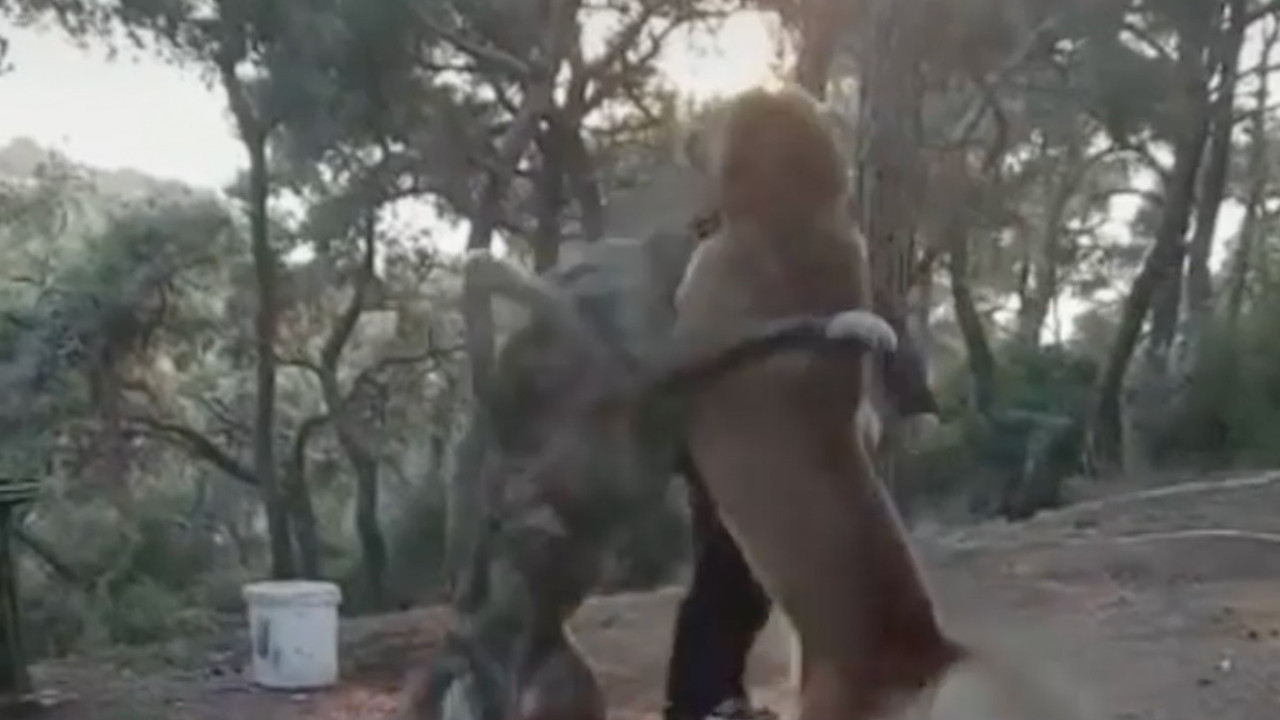 Investigation launched into dog fighting ring on Istanbul’s Büyükada
Investigation launched into dog fighting ring on Istanbul’s Büyükada Dog named 'Wafer' spearheads the animal adoption movement in Turkey
Dog named 'Wafer' spearheads the animal adoption movement in Turkey Turkish municipality buries stray dogs alive after sedating them
Turkish municipality buries stray dogs alive after sedating them Turkey to ban four dog breeds as part of animal rights law
Turkey to ban four dog breeds as part of animal rights law